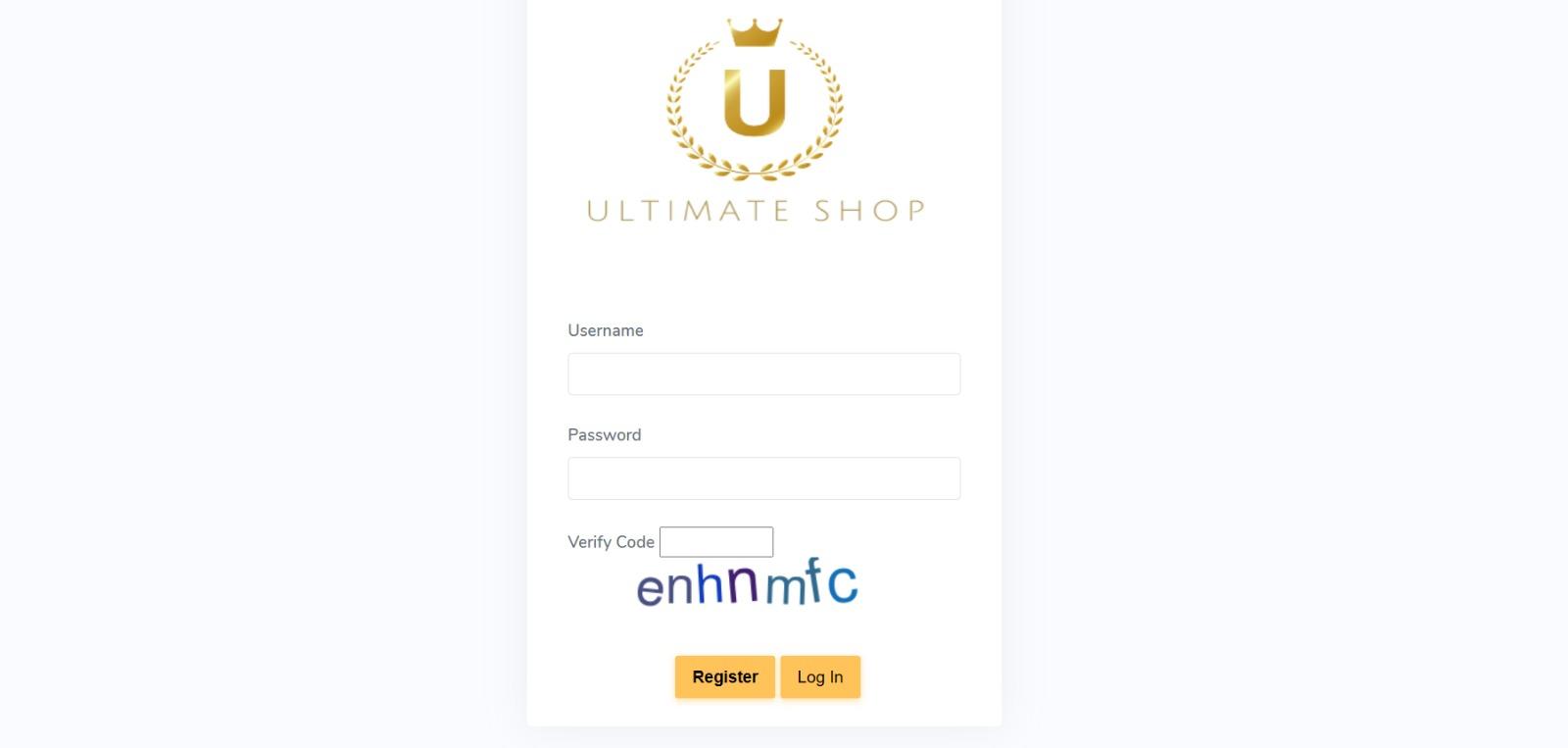Notifications

3 minutes, 56 seconds
-10 Views 0 Comments 0 Likes 0 Reviews

Discover why the keyword "Ultimate Shop" is increasingly linked with dumps and CVV2 discussions and how its rise reflects ongoing cybercrime challenges in today's digital payment systems.
In the evolving world of digital fraud, the phrase “Ultimate Shop” has become increasingly familiar in conversations surrounding the underground economy. Particularly known in the context of dumps and CVV2 trades, this name holds weight in specific online communities. But what exactly is Ultimate Shop, and why is it frequently discussed in relation to stolen card data?
To understand this, it’s essential to grasp the meaning of dumps and CVV2. Dumps are data copied from a card’s magnetic stripe, usually used to clone physical cards. CVV2 refers to the security code found on the back of cards, mostly used in online transactions. These data types are extremely valuable to cybercriminals, who resell them on digital black markets.
Ultimate Shop-type platforms serve as an access point to this stolen information. Operating in hidden areas of the internet, they often present themselves with a user-friendly interface. These platforms are structured like regular online stores where users browse through stolen card details based on issuing banks, countries, or card levels like platinum or gold. The more up-to-date and “verified” the data, the higher its price.
A key reason Ultimate Shop is a popular term is the trust factor built within these illegal communities. Sellers often advertise their success rate or offer tools to validate card data before purchase. For buyers, this promises a higher chance of getting usable information. In essence, it creates a marketplace where cybercriminals seek efficiency and profit, just like any other business model—only illegal.
But this level of organization poses serious problems. Not only does it reflect the professionalization of online fraud, but it also raises the risks for everyday consumers and businesses. When a cardholder’s data is compromised and sold, it often leads to unauthorized charges, account locks, and loss of trust in digital platforms.
Law enforcement agencies are well aware of these sites and frequently attempt to shut them down. However, due to the anonymous nature of these operations, and their quick adaptability, they often reappear under different names or domains. This cat-and-mouse game makes it difficult to permanently eliminate their presence.
For everyday users, awareness is critical. It’s important to monitor financial accounts regularly, enable transaction alerts, and use secure payment methods online. Businesses, too, must enhance their cybersecurity standards and educate staff about potential threats.
Ultimately, the rise of the term “Ultimate Shop” is a warning sign. It represents a well-structured part of the cybercrime industry, offering an inside look into how organized and dangerous the world of stolen data has become. Understanding it is the first step toward better digital safety and awareness.

